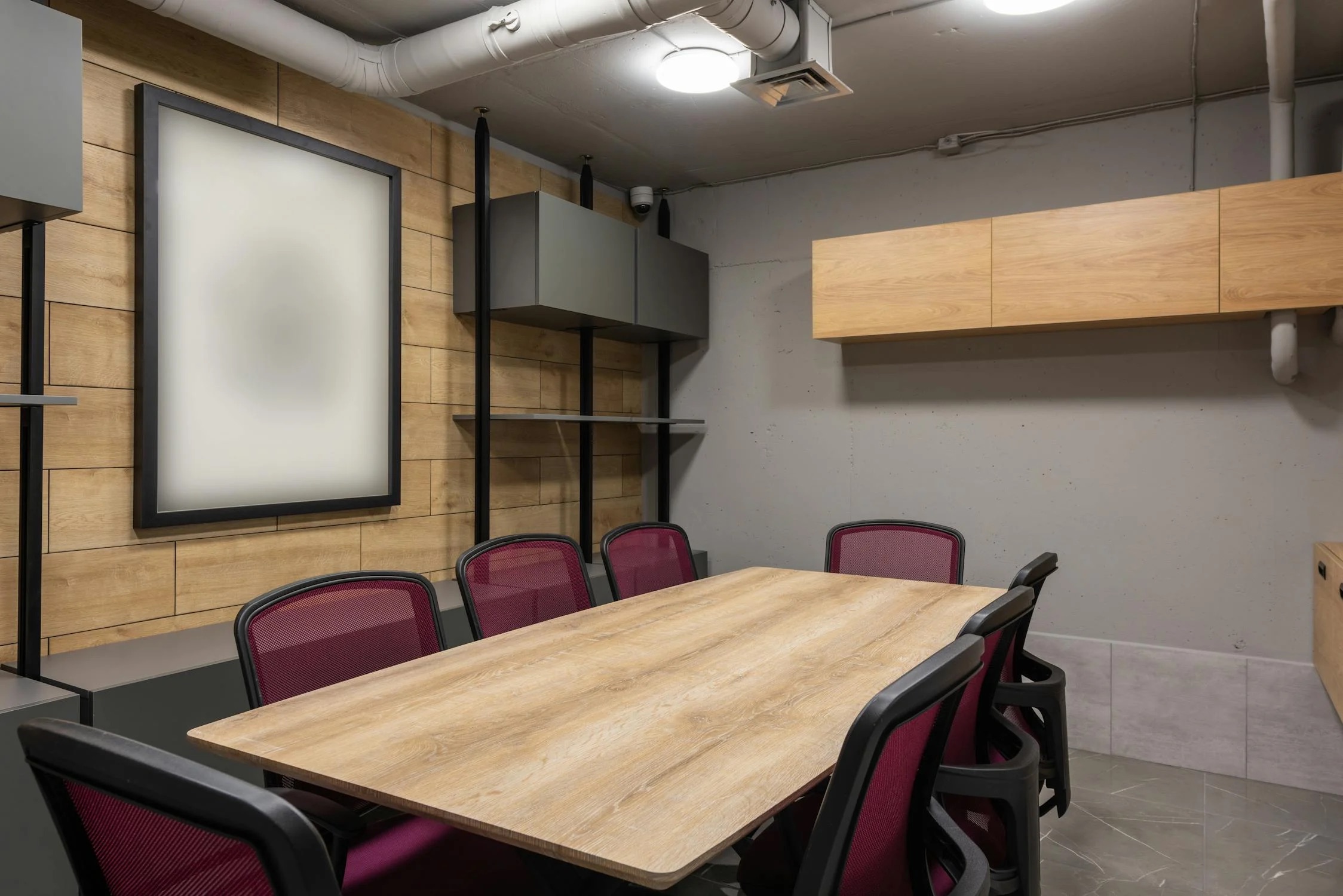
Small businesses are absolutely flourishing in today’s economy. They offer expertise and innovation in an agile way, using a business model that doesn’t meaning scaling up to succeed. But if you’re a small business owner, you also need to be savvy about your expenses, and this often means having a small office space that is no larger than you absolutely need. And this can sometimes mean you feel cramped, overwhelmed – and desperate for more space! Here’s how you can manage your small office space to get the very most out of it.
Every square foot counts when it comes to small office spaces. This means that every piece of furniture, every storage solution, and even the layout of the office itself needs to be planned with laser-like clarity! Many small business owners find themselves overwhelmed by trying to fit everything they need into a limited area.
Understanding the demands of your unique business is crucial. What does your office need to function smoothly? Consider the flow of work, the number of employees, and how they interact with each other and the space. Your goal needs to focus on creating an environment that supports your team and enhances their productivity, rather than hindering it.
By acknowledging the constraints of your small office, you can start thinking creatively. It’s all about maximizing efficiency and putting your unique stamp on it. Here’s how you can do it.
Make Every Inch Count
In smaller offices, every inch of space is precious. This might mean innovative storage solutions or multifunctional furniture that can adapt to different needs throughout the day.
Consider storage solutions that go beyond the traditional filing cabinet. Think vertical-shelving units that reach up to the ceiling. This can free up valuable floor space. Use baskets or decorative boxes to organize items and keep them easily accessible.
Consider the types of activities that happen in your office. Does your team need a quiet area for concentrated work or a collaborative space for brainstorming sessions? By identifying these needs, you can allocate space accordingly.
Engage Professional Cleaning Services
One often overlooked method of maximizing office space is engaging external janitorial services during non-working hours. This can enhance the efficiency and cleanliness of your office without disrupting your daily operations.
A clean office is a productive office. It boosts morale and creates a positive environment. Outsourcing cleaning tasks ensures that your team can focus on their core responsibilities without being distracted by maintenance duties. Professional janitorial services can handle everything from regular cleaning to deep-cleaning tasks, keeping your office in top condition.
Scheduling these services after hours means minimal disruption to your workflow. Your team arrives each day to a fresh, clutter-free workplace, ready to tackle new challenges. This not only improves productivity but also creates a sense of professionalism and care.
Flexible Furniture
Clever use of furniture can transform a cramped space into a multifunctional one. It’s all about choosing items that serve multiple purposes and adapting them to suit your needs. Flexibility is key.
Consider investing in modular furniture. These pieces can be reconfigured to suit different tasks or accommodate changes in team size. For instance, a conference table that can be split into smaller desks allows more flexibility and can adapt as your business evolves.
Think about mobile furniture. Desks and chairs with wheels can be easily moved to create a new layout or open up space for a meeting. This adaptability ensures that your office remains dynamic, able to shift and change as needed.
And choose furniture that offers hidden storage. Ottomans with compartments inside or desks with built-in filing cabinets can help keep the office organized without sacrificing style.
Hot Desking
Hot desking is a flexible workplace system where multiple employees use a single physical workstation during different time periods. In small offices, this can be a solid strategy for optimizing space and resources.
Hot desking also encourages a collaborative work environment. It allows your team to choose where they work each day based on their tasks, which can lead to increased interaction and idea-sharing. This flexibility can foster a more dynamic and innovative office culture.
A hot desking policy also means you may need fewer desks overall. This can free up space for other needs, such as breakout areas or meeting rooms. It also encourages employees to reduce personal clutter, leading to a tidier office environment.
Optimize With Technology
Technology can help you manage a small office space as digital tools can reduce the need for physical space and streamline operations.
Consider cloud storage solutions instead of bulky filing cabinets. This transition not only saves space but also improves accessibility and security for important documents. Employees can access files from anywhere, making collaboration easier and more efficient.
Video conferencing technology can also help reduce the need for large meeting rooms. Virtual meetings allow your team to connect with clients and colleagues without requiring extra office space. This can be especially beneficial for small businesses with remote team members or clients.
Maximize Natural Light
Natural light is a powerful tool in making a small office feel larger and more inviting. It enhances the aesthetics of your space too, plus it positively impacts employee well-being and productivity.
Position desks and workstations near windows to take advantage of natural light. This setup reduces the need for artificial lighting and can create a more pleasant working environment. Studies have shown that exposure to natural light can boost mood and energy levels, leading to higher productivity.
Consider using light, airy colors for walls and decor to complement the natural light. Mirrors can also be used strategically to reflect light and create the illusion of more space. By prioritizing natural light, you can create a welcoming and vibrant office atmosphere.
Also encourage regular breaks to allow employees to step outside and enjoy fresh air and sunlight. This practice can improve overall well-being and means they’re not always stuck inside a small office space too.
Managing a small office space can be a challenge that turns out to be really fun tackling. By focusing on organization, personalization, and community building, you can create an office that supports your business goals and reflects your brand’s values.
